-
 Embark on a Journey to Discover India. Your Guide to the Best Places to Visit in India in Every Season (2020)
Embark on a Journey to Discover India. Your Guide to the Best Places to Visit in India in Every Season (2020)
-
 Planning to Visit India's Silicon Valley? Fun Things to Do in Bangalore to Get the True Flavour of this Happening City (2020)
Planning to Visit India's Silicon Valley? Fun Things to Do in Bangalore to Get the True Flavour of this Happening City (2020)
-
 Looking for a Calm and Peaceful Vacation in Complete Harmony with Nature? Visit Auroville Pondicherry – The City of Dawn (2020)
Looking for a Calm and Peaceful Vacation in Complete Harmony with Nature? Visit Auroville Pondicherry – The City of Dawn (2020)
Indians Have a Love Affair with Food
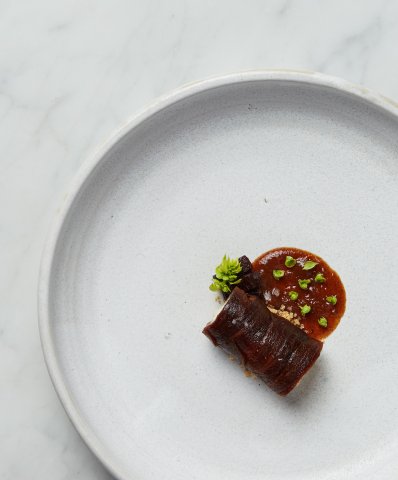
From nostalgia to habits to health to new fads, Indians have food for every occasion.
The world of food and hospitality is an ever growing and changing one. This also influences how people dine in each country. In a country like India, where people still have a strong hold of their traditions and customs, food plays a very important role.
My Journey Towards Professional Cooking
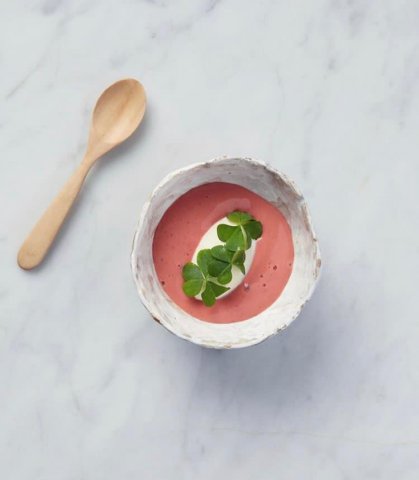
I took my first step towards baking in my early childhood. At that time, it was only limited to tasting the raw batter of the most basic cakes that my Granny baked! Little did I know that I would want to bake all my life! While I enjoyed baking once in a while, I never thought of it as a career. A handful of years ago when I was trying to identify a line of work that I wished to be associated with, I found myself getting attracted to baking. Thus began my journey with food!
After completing a course in Patisserie from Le Cordon Bleu in London, I came back to India with a new perspective, looking for a job which would help me put my learning into practice. My first job was at a pastry shop in Mumbai doing French entremets and chocolates where I further honed my skills.
A Conscious Move to Sustainable and Organic Food
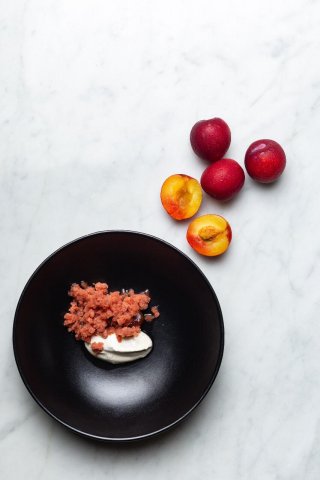
With a tremendous increase in the number of restaurants in the country by the day, people have now started eating out more than they cook at home. Chefs around the globe are moving into sustainable and organic cooking. Trying to highlight what their own country has to offer, they are building relations with farmers and local, indigenous brands along the way, thereby bringing back what was thought lost and learning about ingredients, recipes and techniques that weren’t previously known to them.
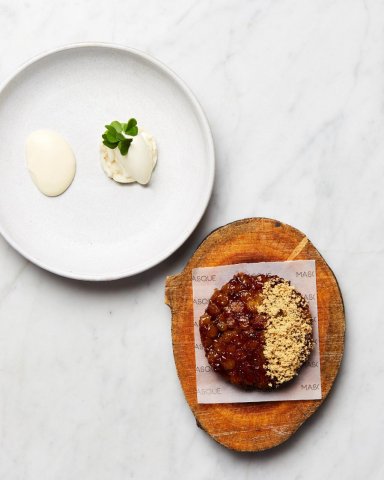
Being a part of the pre-opening team, I got an opportunity to learn not only about creating masterpieces but also saw the restaurant being built up from the ground up. A lot of changes happened along the way. Focusing on what India has to offer in terms of produce, Masque only sources ingredients from within the country. Offering a single 10 course tasting menu that changes seasonally, the restaurant is the only of its kind in the country.
Visiting the farm, talking to the farmers, and understanding the process of growing and harvesting the crop was an experience in itself. It makes you realise the importance of what’s on your plate.
Every season brings a change in our tasting menu. Using vegetables, fruits and grains supplied by our farmers, we set out to make entirely new combinations each season. We have a farm a few hours away from the city from where we source a lot of our produce. This ensures that no additives are involved in the growing of that crop, and that you’re eating ingredients while they are at their best. Visiting the farm, talking to the farmers, and understanding the process of growing and harvesting the crop was an experience in itself. It makes you realise the importance of what’s on your plate.
The Challenges and the Rewards

There is, of course, always the other side to the coin. As rewarding as it is, there are a lot of uncertainties and challenges involved in the process. All ingredients don’t have the same shelf life, making their storage difficult. Transportation also plays an important role. Sourcing from different parts of the country involves proper logistics, packaging and transportation – which, if not done properly, can cause a lot of damage to the produce.
As a pastry chef at the restaurant, by now I’ve experimented with so many ingredients that I hadn’t heard of before. Some have led to the most amazing desserts while others have not made it to the table. The process of changing a menu can be tedious but rewarding. Research, trial and error, then feedback and adaptation is how we create a wonderful dish. We have brainstorming sessions every time we change the menu. We jot down the produce available to us at the time, try to make new combinations and play with textures.
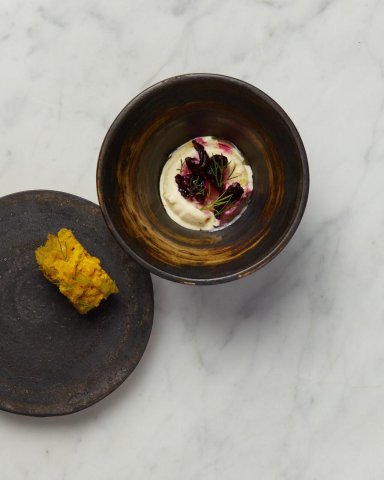
Tasting as we go on, we question the relevance of each component on the plate, whether it’s needed or not. We try to understand the ingredient and its reaction to certain cooking processes and temperatures. For example: dehydrating and rehydrating a cooked beetroot gives it a chewy texture, compressing a musk melon with a spice flavoured liquid pulls the whole flavour into the fruit itself and different grains like buckwheat add wonderful bite and texture to a cake.
It’s very easy to go overboard sometimes, and you must know when to exercise restraint. Simple dishes are often the best. We came across a berry named sea buckthorn in the early days of the restaurant. It was the first time I had tasted the berry. Since I knew almost nothing about it, I did some research and learnt about its health benefits as well as taste profile. We kept experimenting with other ingredients to find ones to pair it with as the berry was very acidic on its own. After much trial and error, the perfect match was found in the carrot. We made a sorbet of sea buckthorn and carrot, and served it with some black pepper mousse. It’s one of our most popular dishes of all time and was loved by our guests too. We’ve now started experimenting with fermented foods. Fermenting ingredients on our own, we test the intensity, flavour, reaction at different levels and time intervals.

Desserts at the restaurant are not your usual ones. We try to use a lot of our farm produce including vegetables like kale, sweet potato, beetroot, and pumpkin for desserts, and we’ve created some extraordinary ones that have our customers coming back for the same. The sheer surprise of eating “vegetables for desserts” has them hooked.
It is heartening to see people embrace the philosophy of sustainable, organic food and to see them, at times, demand the same wherever they go and I’m sure that soon, we will see this becoming the norm rather than exception.
To gain more insight on how the international chefs function, their thoughts and their ideas, I staged (a kind of internship) at 2am Dessert Bar in Singapore and Restaurant Relae in Denmark. Each different than the other, unique in their own respects and philosophies. I learnt how to be more organised, optimize the use of a single ingredient, most importantly how to let the food do the talking!
My culinary journey so far has been full of learning and experimenting. Chefs are more than simply the people cooking your food – they’re true artists and have a huge role to play in this revolution. It is very rewarding to see people embrace our creative efforts and appreciate our hard work.
Baking Tips from a Professional Pastry Chef
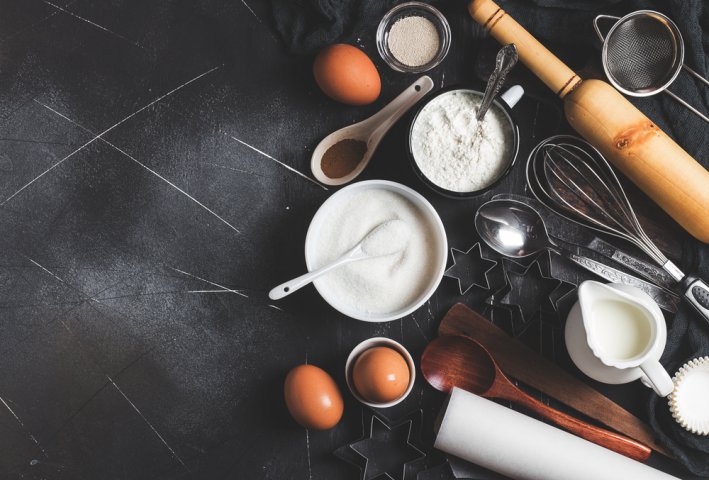
7 tips that come in handy when baking a dessert:
- Always measure ingredients to the T
- Use leftovers to create the most amazing desserts
- Invest in good quality ingredients. That’s what makes the difference!
- Salt is an important ingredient even in pastry. Yes! It enhances the flavour
- Focus on creating different textures
- Plan ahead. Read the recipe entirely, keep your ingredients, pots and pans ready and then start baking
- Patience is the key
Bonus: Recipe for Gluten Free Chocolate Cake
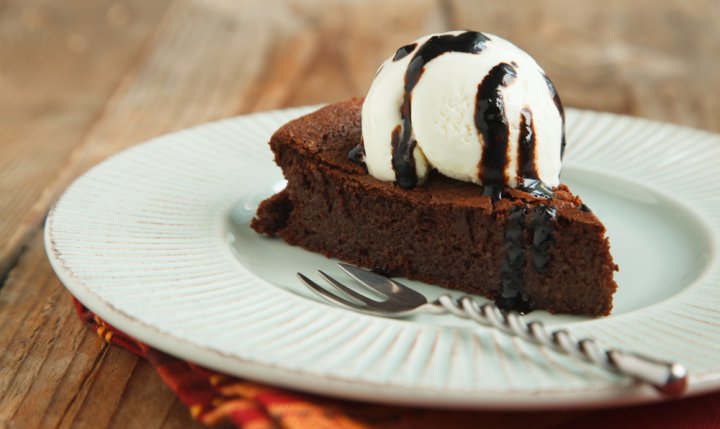
A simple gluten free chocolate cake recipe that Dhriti loves baking.
Gluten Free Chocolate Cake
Ingredients:
- Eggs - 4 no.
- Sugar - 150 g
- Vanilla essence - 1 tsp
- Almond flour - 25 g
- Dark chocolate (75%) - 175 g
- Olive oil - 125 g
Method
- Melt chocolate over a double boiler. Mix olive oil and almond flour in it. Whip the eggs and sugar along with vanilla essence till it is pale and fluffy. Fold the chocolate mixture in it gently. Pour into a greased 8 inch mould and bake at 160°C for 20-25mins or till a knife inserted comes out clean. Let it cool. Serve with some ice cream!
-
 Looking to Spice Up Your Next Meal? Here Is a List of Best Food Delivery Apps in India for 2019
Looking to Spice Up Your Next Meal? Here Is a List of Best Food Delivery Apps in India for 2019
-
 If You are Planning a Trip to Pondicherry in 2020, These are the Places to Visit for Foodies, Beach Bums and Shopaholics!
If You are Planning a Trip to Pondicherry in 2020, These are the Places to Visit for Foodies, Beach Bums and Shopaholics!
-
 Hunger Pangs at Odd Hours or No Time to Step Out? Stay Home Yet Feast Like a King By Ordering In: 10 of the Most Reliable Online Food Delivery Services (2019)
Hunger Pangs at Odd Hours or No Time to Step Out? Stay Home Yet Feast Like a King By Ordering In: 10 of the Most Reliable Online Food Delivery Services (2019)
-
 The Best Food Ordering Apps in India (2019): Satisfy Those Taste Buds Minus the Hassles of Ordering Food and Bag Some Great Deals in the Process!
The Best Food Ordering Apps in India (2019): Satisfy Those Taste Buds Minus the Hassles of Ordering Food and Bag Some Great Deals in the Process!
-
 अगर इंडियन स्ट्रीट फूड का नाम सुनते ही आपके मुंह में पानी आ जाता है, तो आप इन 10 इंडियन स्ट्रीट फूड्स को अपनी जिंदगी में एक बार जरूर खाएं (2019)
अगर इंडियन स्ट्रीट फूड का नाम सुनते ही आपके मुंह में पानी आ जाता है, तो आप इन 10 इंडियन स्ट्रीट फूड्स को अपनी जिंदगी में एक बार जरूर खाएं (2019)






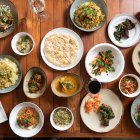

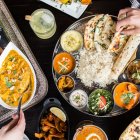
 Highlight the Best Facets of Your Incomparable Beauty: Discover the Best Face Highlighter Currently Available in India and Everything You Need to Know About Using Face Highlighters for Maximum Effect (2023)
Highlight the Best Facets of Your Incomparable Beauty: Discover the Best Face Highlighter Currently Available in India and Everything You Need to Know About Using Face Highlighters for Maximum Effect (2023)
 Forget the Blemishes and Get that Picture Perfect Flawless Radiance on Your Face: Check out the Best Foundations for Oily Skin Currently Available in India and Everything You Need to Know About Makeup Foundations (2023)
Forget the Blemishes and Get that Picture Perfect Flawless Radiance on Your Face: Check out the Best Foundations for Oily Skin Currently Available in India and Everything You Need to Know About Makeup Foundations (2023)
 Make Your Presence Felt Wherever You Go: Discover the Best Perfumes Under 2000 for Both Men and Women to Announce Your Arrival and Make Any Occasion Memorable (2023)
Make Your Presence Felt Wherever You Go: Discover the Best Perfumes Under 2000 for Both Men and Women to Announce Your Arrival and Make Any Occasion Memorable (2023)
 Protect Your Oily Skin from the Harmful Rays of the Sun: Discover the Best Gel Based Sunscreens for Oily Skin and Everything You Need to Know Before Buying One (2023)
Protect Your Oily Skin from the Harmful Rays of the Sun: Discover the Best Gel Based Sunscreens for Oily Skin and Everything You Need to Know Before Buying One (2023)
 Minor Blemishes and Wrinkles Affecting Your Confidence? Check out the Best BB Creams to Conceal Your Worries and Nourish Your Skin to Restore the Healthy, Radiant and Glowing Complexion Back Again (2023)
Minor Blemishes and Wrinkles Affecting Your Confidence? Check out the Best BB Creams to Conceal Your Worries and Nourish Your Skin to Restore the Healthy, Radiant and Glowing Complexion Back Again (2023)
